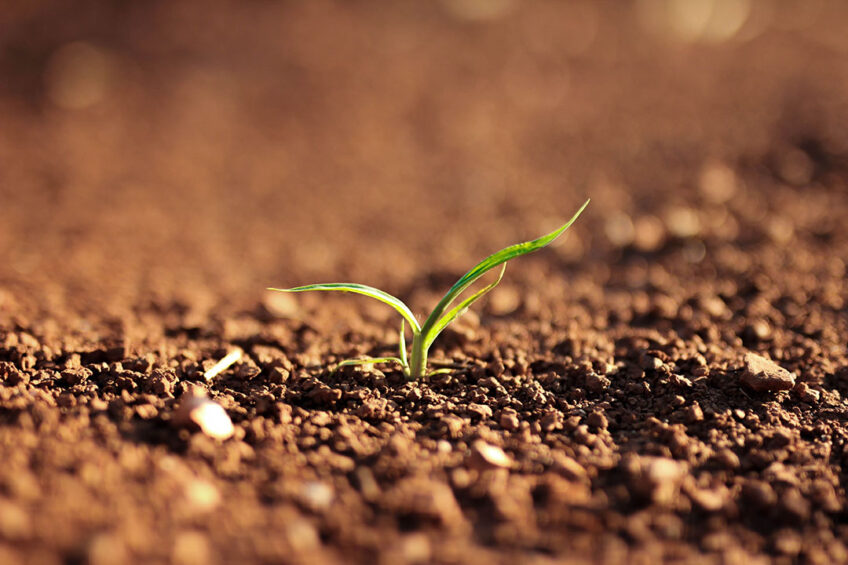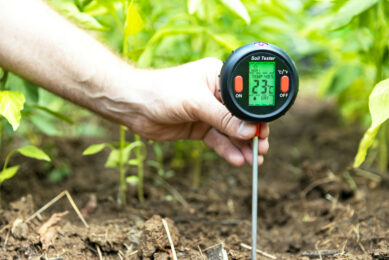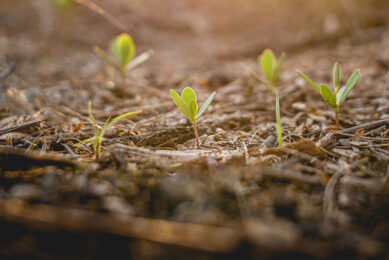Calls for a change in the way soil health is measured

Calls for changes in how soil scientists think about soil have been made at last week’s World Congress of Soil Science in Scotland.
Academics from Cranfield and Nottingham Universities told the 3,000 delegates attending the conference that scientists need to change the way they measure and study soil to get a better understanding of how to manage the resource more effectively.
The UNFAO has said recently that one third of agricultural soil is moderately to highly degraded, threatening global food supplies, increasing carbon emissions and reducing its capacity to hold water.
No single agreed way to measure soil health
Jim Harris, Professor of Environmental Technology at Cranfield University and research lead, said at present there was no single agreed way to measure the overall health of soils. Scientists tend to measure soil with indicators, taking samples and looking at specific properties, such as carbon or PH, to indicate how healthy it might be and give a “score”.
Bigger picture view of soil health
“Through this research, we want to start the conversation about how we move to a holistic picture of soil health assessment, looking at the interconnected elements of this universally important systems. Taking steps towards a bigger-picture view of soil health could help make a huge difference to some of our big challenges, not least the climate crisis.”
Wrong to rely on a single score
Dr Dan Evans, Research Fellow at Cranfield University and co-author of the paper, said it was wrong to rely on a single score for soil health: “Taking in a range of measures to look at the whole system will mean we can fully understand the direction of travel – is soil getting better, or worse?”
The researchers propose a whole system approach to assess soil health, based on a new hierarchical framework:
Signs of live – characterising the organisms existing in soil
Signs of function – the extent to which soils process materials
Signs of complexity – the extent to which soil components are connected and interdependent
Signs of emergence – the extent to which soils respond to multiple stressors
“Soils are not organisms – they have a range of properties, processes and functions that need to be look at from an interconnected perspective. We need to look at soils over multiple periods of time to see how they are dealing with short-term weather events and long-term climate change,” he said.
Sacha Mooney, Professor in Soil Physics at the University of Nottingham, added: “This new approach can be applied to all soils and moves us closer to an interdisciplinary understanding of the “whole picture” of the soil system, rather than separately considering the individual pieces of the jigsaw.”
Professor Harris concluded: “It is hard to understand the importance of having a healthy soil system – it support wildlife and biodiversity, reduces flood risks, stores carbon and gives us food security. Moving towards this new model of assessment is going to help land users and governments to sustainably manage our global soil resources for future generations.”
The research paper, “A new theory for soil health” is published by the European Journal of Soil Science and was written by Prof Harris and Dr Evans from Cranfield University and Prof Mooney from the University of Nottingham. A new theory for soil health – Harris – European Journal of Soil Science – Wiley Online Library









